OBJECTS AS LIVING NARRATIVES: ALEX KOKKOTAS ON DESIGN, MEMORY, AND MEANING
Words by Velin
Curiosity as the First Spark
Design at its best is not only about function. It is about the quiet ways objects shape our lives, carry memories, and offer new ways of seeing the world. For Alex Kokkotas, furniture is less an exercise in utility and more a translation of curiosity and philosophy into form.
When asked what first drew him toward creating objects, Kokkotas does not begin with the technical. Instead, he returns to curiosity, that restless spark that fuels imagination. “I think it was curiosity, i’ve always been very curious about many things and the design world in general was something that interested me a lot, because i had people around me that were part of it, and I started slowly entering it through them and through my growing exposure to it. I’ve always liked imagining objects, stories, characters etc..”
This curiosity, sharpened by someone close who gave him creative challenges, set him firmly on the path to design. “But to be more precise, my passion for imagining design objects more precisely was initiated by someone very close to me that liked to give me a lot of creative challenges.”
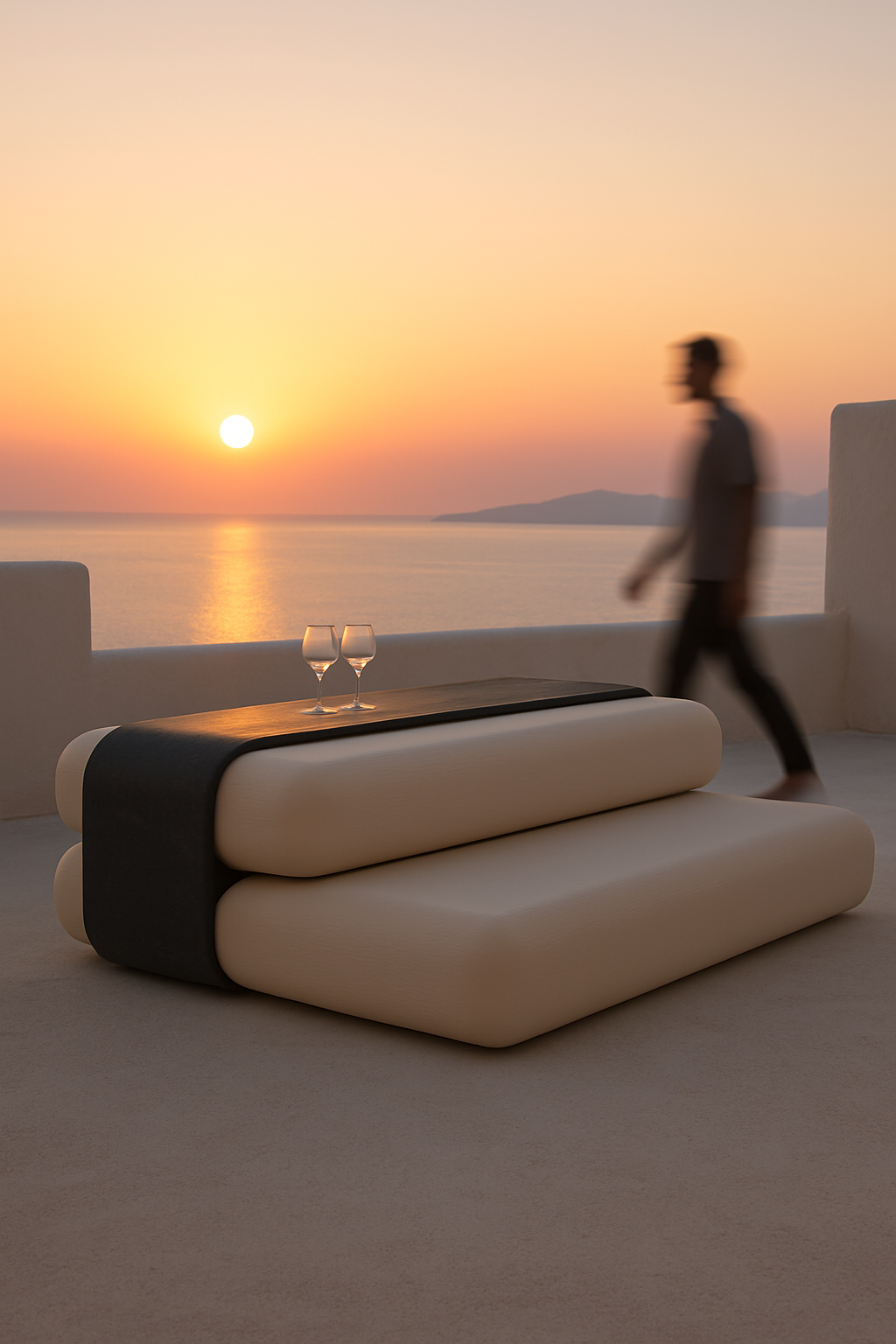
Drawing, Obsession, and Process
Looking back, he connects his approach to a lifelong intimacy with drawing. “Yes definitely, my lifelong passion for drawing just with a pencil and paper allows me to be very spontaneous when i want to create; I start feeling the idea, I get a series of raw silhouettes of the idea, and then i just start sketching and sketching and sketching.”
As a child, his curiosity often bordered on obsession, leading him through phases of deep fixation. “As a kid, sometimes I think more than just curiosity, it was obsession; For a period of time I would get obsessed with one topic, I went through many different things sometimes very specific (for example at some point I was obsessed with combine harvesters) and sometimes a little wider topic (I remember obsessing over volcanoes, gems, natural disasters, venomous animals, ancient Egypt etc…) I know all of this might be very specific but it’s just so you understand how curious I was about many things and how that opened my mind and widened my inspiration possibilities.”
Rather than distractions, these fascinations widened his capacity for inspiration. His process today is spontaneous and raw, not a system of checkpoints but an intuitive rhythm. “Drawing has always felt to me like a textured breath of the pencil on the paper, rather than precise lines and shapes.”
This openness allows his objects to become fragments of memory made tangible. “Very often I feel like the objects are fragments of my mind, like a crystallized piece of contemplation; As time passes my memories change silhouettes in my mind until they find one that can lead to the creation of an object, and that’s when my mind clicks usually.”
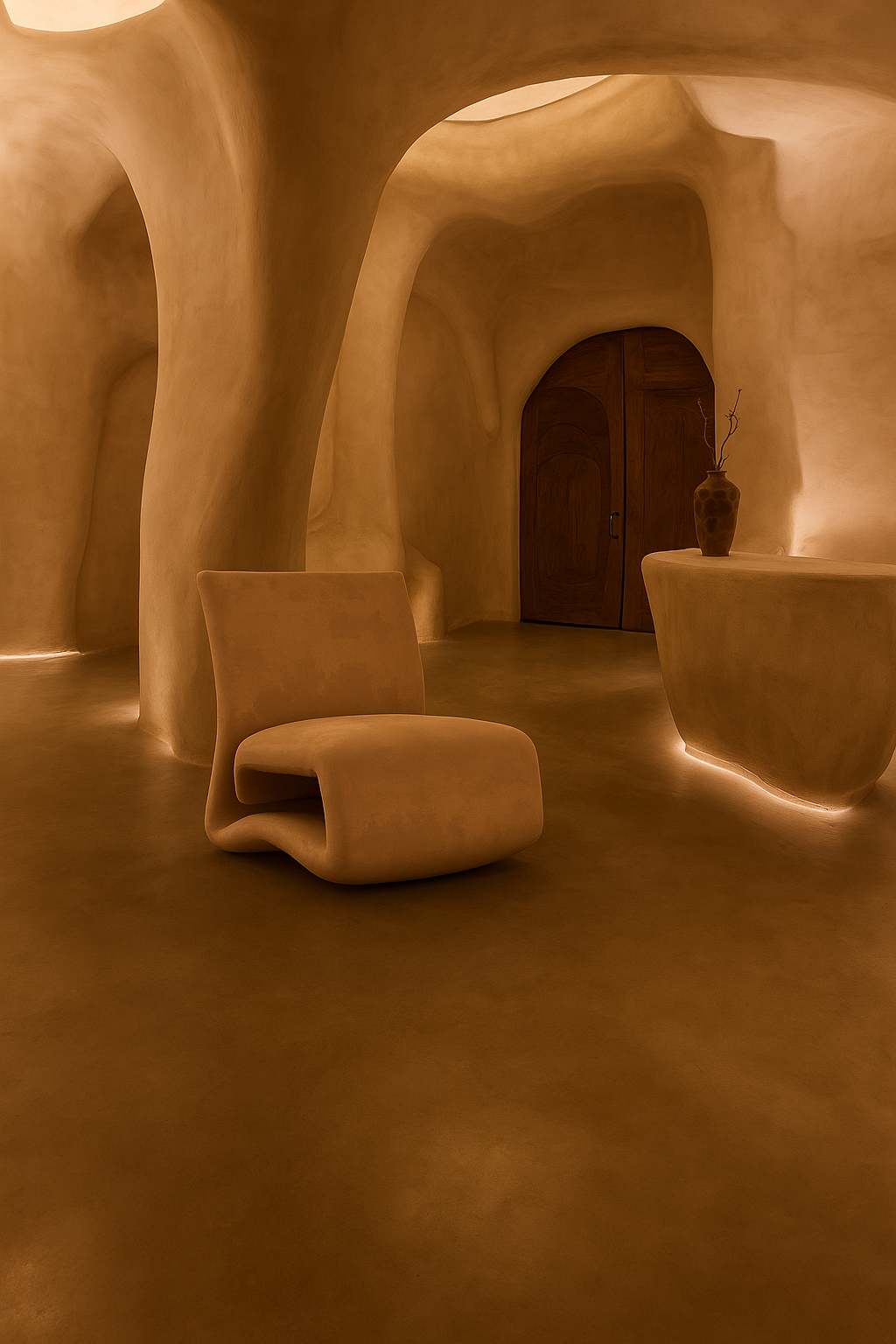
Designing for a World That Is Not Yet Ready
Kokkotas’ philosophy helps explain why his pieces feel unhurried, even ahead of their time. “seeing my work as being ahead of its time would be a little pretentious but glad you felt that ! but I guess the way I approach it is by asking questions about the object itself, both as an entity and in its connection to the user. What does it mean to be an object? When does an object start being, only once it becomes meaningful to someone? And how does it gain that meaning?”
For him, design is not about producing furniture but creating a “new form of life.” “For me, it’s less about making a piece of furniture or an everyday thing, and more like trying to create a new form of life. I think about its relationship to its surroundings, to people, how it evolves over time, how you interact with it, how it ‘survives.’”
This view shifts objects from passive tools to entities that interact with their environment, sometimes in ways the present might not be fully ready for. “So if there’s a way to design for a present that might not be ready yet, it’s by shifting how we perceive objects, or at least offering a new lens through which they can be experienced, like for example turning a canvas/painting (something fixed, waiting to be illuminated) into a luminary, revealing the silhouettes in the painting under a different view.”

What Gives Objects Meaning
Meaning, he insists, is what endures. “I think an object can have meaning through the space it sits into ; if it’s connected to that space, if it almost blends in it, then you could say it has a ‘geographic’ meaning, it is part of the space and it completes it or extends it, like a new branch growing on a tree. An object can have meaning through its connection with the user; it could be connected through a shared memory, a specific landscape, another meaningful object linked to that object…”
And at its simplest, design is measured by feeling. “I think, in general, to know if an object is meaningful you just have to ask yourself; ‘does it make you feel ?’. As humans we are meaningfully connected to things or people that make us feel something, whether it’s a good or a bad feeling.”
For Alex Kokkotas, design is not bound by rules or trends. It is a philosophy of life and memory made tangible. “So beyond its immediate use, an object can have lasting meaning in its connection to us as users through the feeling that it ignites in us or that is shared with that object.”
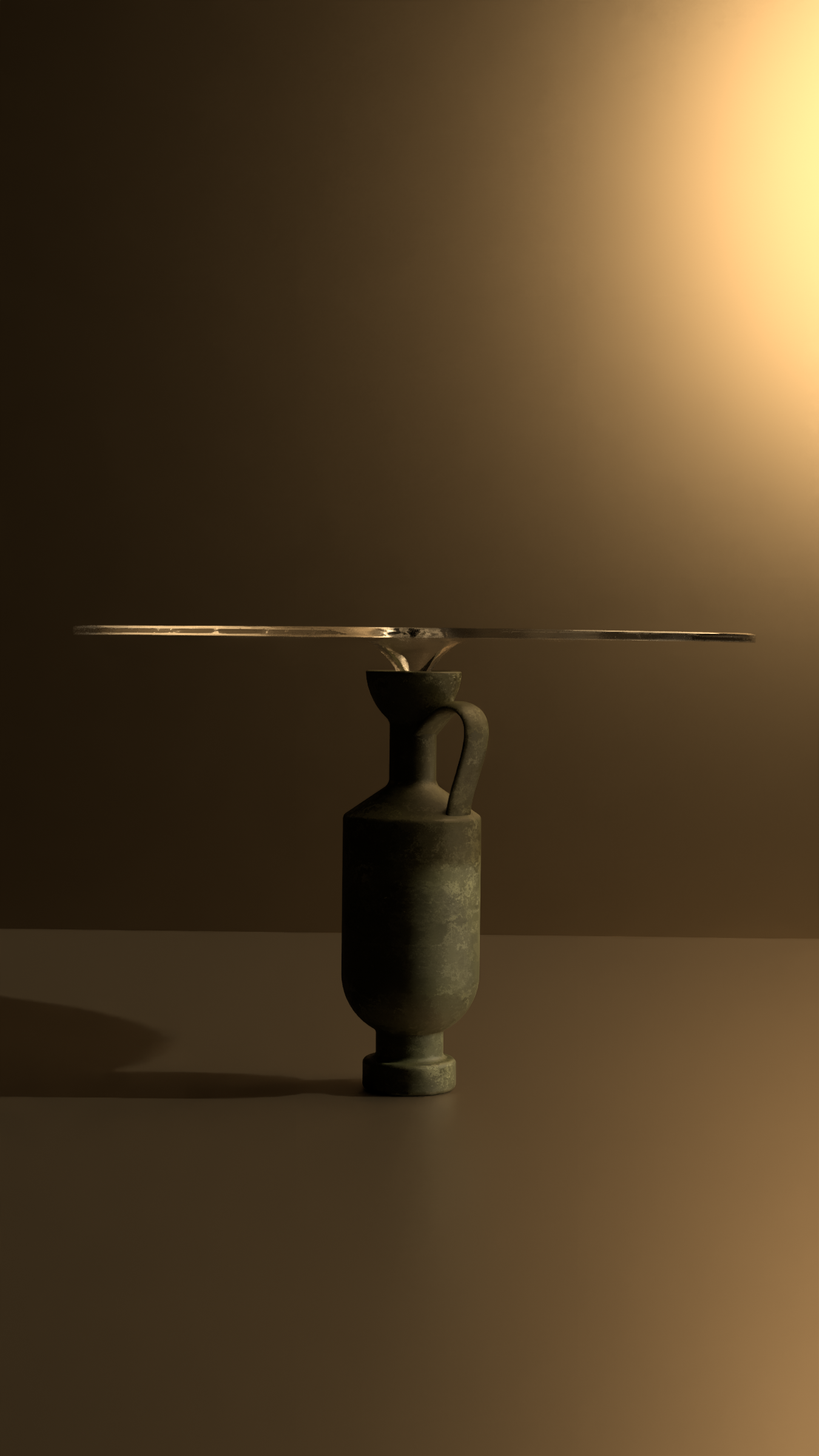
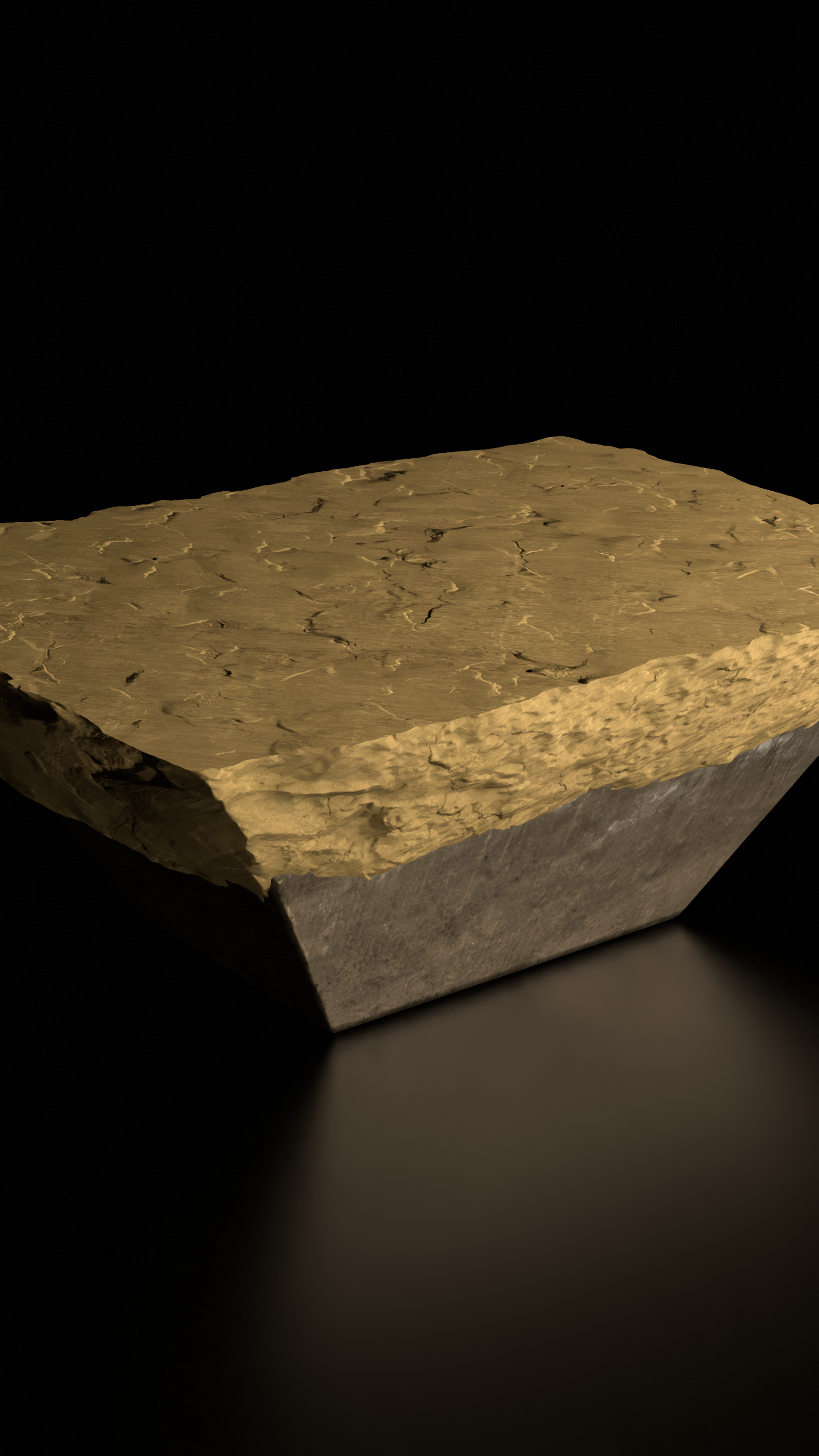
Images courtesy of Alex Kokkotas. © Alex Kokkotas. All rights reserved.
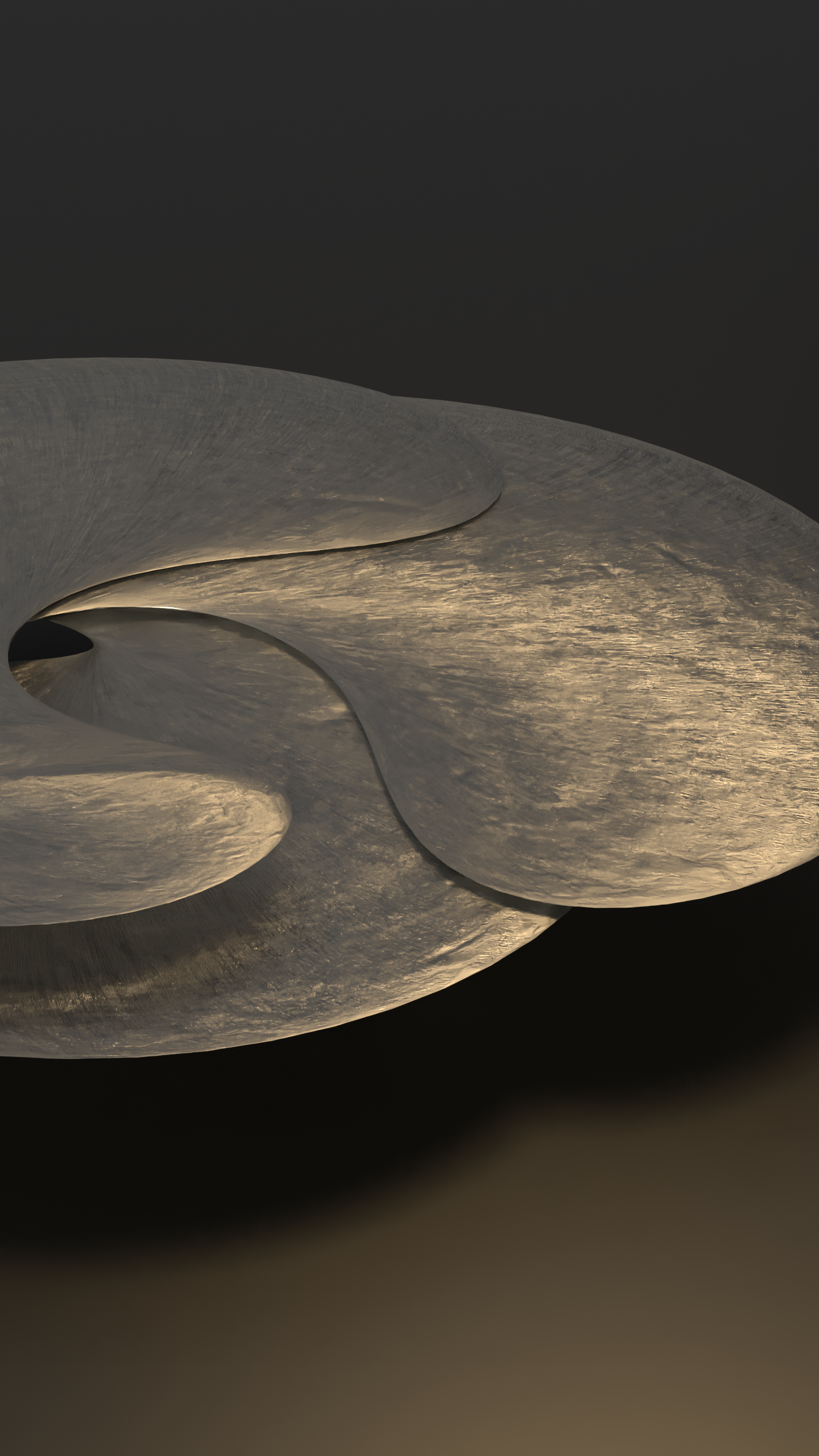
Images courtesy of Alex Kokkotas. © Alex Kokkotas. All rights reserved.
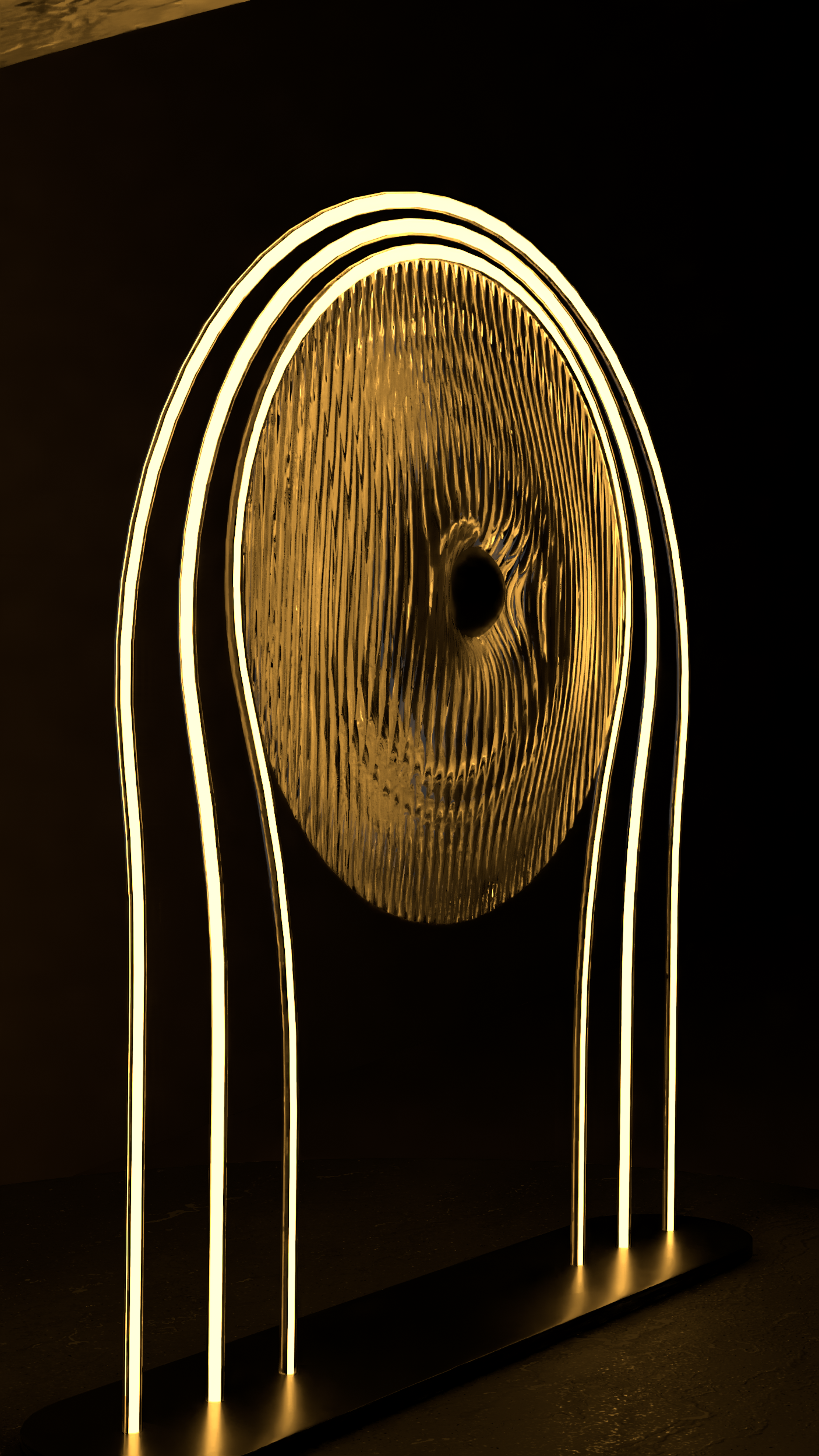
Images courtesy of Alex Kokkotas. © Alex Kokkotas. All rights reserved.
